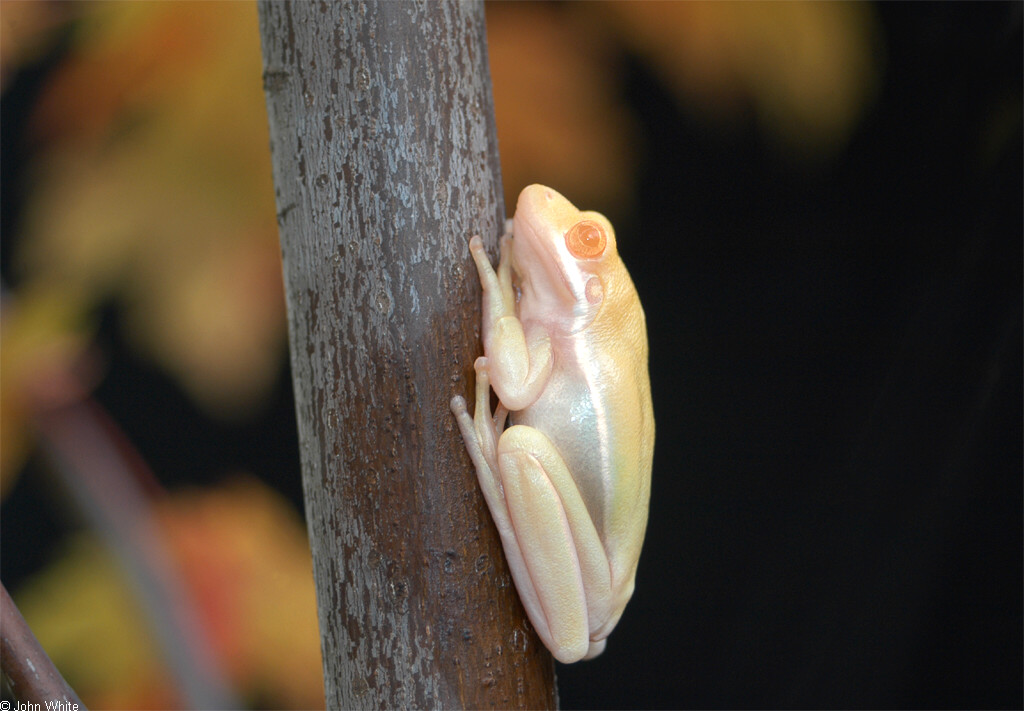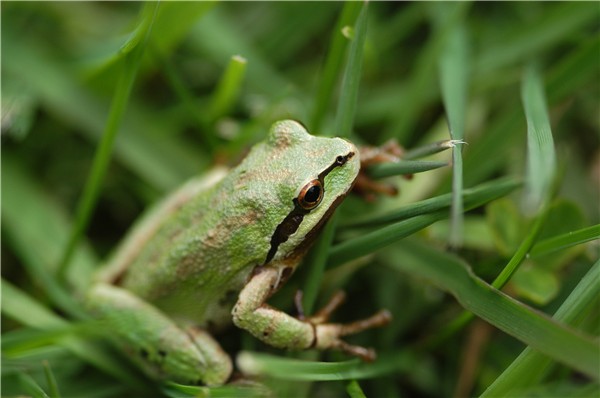
http://science-explained.com/theory/dna-rna-and-protein/
Something that affect the making of protein is called mutations. Mutation alter the original DNA structure which messes up the RNA structure which messes up the ribosomes reading of the amino acids. Deletion deletes an actual part of the base, where substitution replaces a base. Insertion simply adds another base into the structure. The more the mutation alters the protein, the more fatal it is in the organism. based on my observations, frame-shift mutations are the most deadly, for they completely mess up the order of the bases. If a mutation occurs in the start of a function, it has a far worse affect than if it occurs at the end of a sequence, because it messes up the whole order of the sequence.

http://study.com/academy/lesson/insertion-mutation-diseases-examples-quiz.html
I chose the frame-shift mutation of deletion for my own mutation because I thought it would cause the most damage. By deleting a base at the start of the sequence, other than the start codon, the amino acids were all different to the control no mutation sequence. If that was in a person, it would have a fatal mutation because the protein was totally messed up.

http://www.yourgenome.org/facts/what-types-of-mutation-are-there
This relates to our lives because what if we have a mutation? What if our child has a fatal mutation, and needs surgery or something worse? Mutations are everywhere, and the more altering the mutation, the more noticeable it is. An example of an mutation is skin color, or in the example below, frog color. The mutation causes it to have green skin or white skin. The one with white has a higher chance of ddying because its color has no camoflauge.


http://www.animalpicturesarchive.com/Arch01/1084721406.jpg http://www.alanbauer.com/images/Critters/tree%20frog.jpg
No comments:
Post a Comment